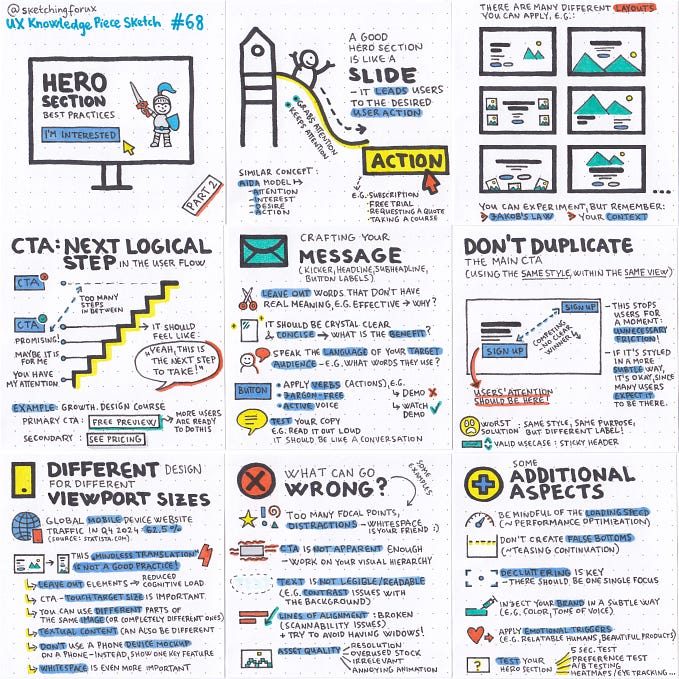Member-only story
Five core mindsets of a strategic designer

Will AI-driven tools replace our roles?
With the rapid evolution of AI-driven design and no-code tools, an entire app (while it’s debatable whether these tools can produce a fully functional product) can be generated with just a few prompts. Meanwhile, some major industry players are exploring radical changes. For instance, Marc Benioff, CEO of Salesforce, recently told the 20VC with Harry Stebbings podcast that the company plans to stop hiring new software engineers in 2025, mentioning significant productivity gains from AI by more than 30%.
These developments understandably raise a pressing question for product designers too: Will AI soon make human designers obsolete?
(Probably yes, but) I believe this shift points to a deeper evolution of the designer’s role rather than the end of product design.
As production and preliminary research tasks become more automated, and as business and regulatory landscapes grow ever more complex, product designers are expected to spend more time tackling higher-level challenges. These include building alignment among cross-functional partners, providing data transparency, respecting user autonomy, and reconciling design decisions with both global regulations and business goals while elevating accessibility standards and combating deceptive patterns. Yes, there’s a lot to do.
From Screens to Systems
The scope of design work has never been confined to pixels on a screen. But, UX design has traditionally focused on improving user flows and refining visual hierarchies to enhance readability, usability, and overall user satisfaction while aligning with business objectives. Although these fundamentals remain crucial, the broader context has grown more complex.
Consider a digital product serving a large, multinational audience. It must deliver a frictionless user experience, integrate emerging technologies (if and when appropriate), and manage data or payment choices transparently, providing clear controls for modification or opt-out. It also needs to comply with diverse regulations and avoid losing user trust through aggressive monetization. In this context, a designer is not just expected to advocate for better user experiences…








